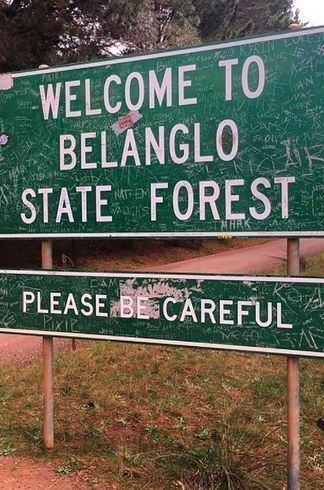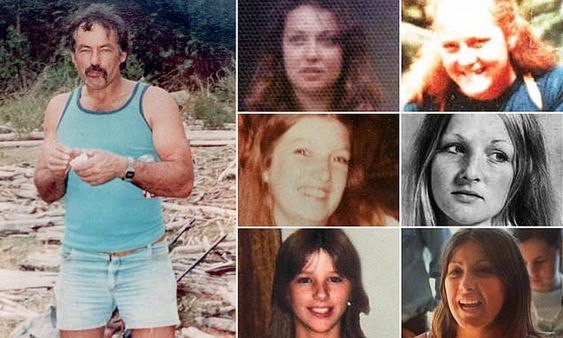This story is an excellent example of the effectiveness of the Pistol Licencing Act 1927, which did so much to bring forth the Razor as a weapon in the Razor Gangs wars that were starting to heat up in the Sydney streets.
On the evening of December 28th, 1931, when a man named Roberts approached a young woman, Renie, on William Street. He said that he wanted her to live with him as a “lady of the night”. The business of “white slavery” was thriving in the area at the time, with young women kidnapped and forced to work the streets for various local gangs. Roberts himself was known to police as a small-time underworld figure, under the alias Paddy Reynolds, and for threatening people with a gun or a razor.
Renie just laughed at Roberts, so he drew a revolver, pointed it at her and said: “Either you live with me, or I will shoot you. I will see you here at 6 p.m.” He then jabbed Renie several times with the gun. Renie ran home and told the man she was living with, James White, what had happened. White was a decent man who made his living “selling dolls and little toys to crowds of happy children at every showground”, including each year at Sydney’s Royal Easter Show. When Renie told him what had happened, White said: “I will see the chap that threatened to shoot you.”

The couple met Roberts on the corner of Kirketon Road and William Street just after 6 pm. It was quite busy, with lots of people around. White confronted Roberts: “What is the idea of pulling a gun on this girl?” Roberts replied, “Mind your own business, or I’ll blow your head off.”
White didn’t back down… so Roberts stepped out onto William Street and started firing. Terrified men, women and children scurried away for their lives as White ducked behind a pole for cover. He pulled out his own revolver and shot twice at Roberts, who backed away across Williams Street, firing four shots in quick succession; one of these almost hit Renie, who ducked just in time, the shop window above her head smashing into pieces.
Roberts reached the other side of the street. Blood was streaming from his chest, and he swayed where he stood. White’s gun had jammed, so a constable took him into custody. He calmly handed the gun over, saying, “I have a licence.” Thank goodness for that! On the way to the police station, White said: “Fancy these mongrels coming out and victimising women.”
Meanwhile, another constable had gone to Roberts, who said: “He got me.” Roberts pulled open his coat to reveal a large amount of blood. He was taken to hospital, where he died half an hour later.

At the trial, Renie testified that she had been threatened by shady members of the underworld. On one occasion two of them had forced their way into her flat. “You little copper!” said one. “You don’t think you’re going to give evidence for White, do you? If you do, you’ll cop something for yourself.” Despite this, Renie had bravely taken the stand, and White was found not guilty on grounds of self-defence… in further good news, the timing of his release meant that he was just in time to sell his wares at the Royal Easter Show.
And as for Roberts? Nobody, not even his relatives, said they had any association with him, and after the post-mortem was concluded, no one came forward to collect his body.
But most importantly of all, the Pistol Licences Act had done its job because – just for the record – no one in this case was shot by an unlicensed pistol.
If you want to learn more about the Razor Gang Wars, then you might be interested in doing the tour sometime. Or else book in for any of our other tours in Sydney, Newcastle, Maitland and Brisbane.


